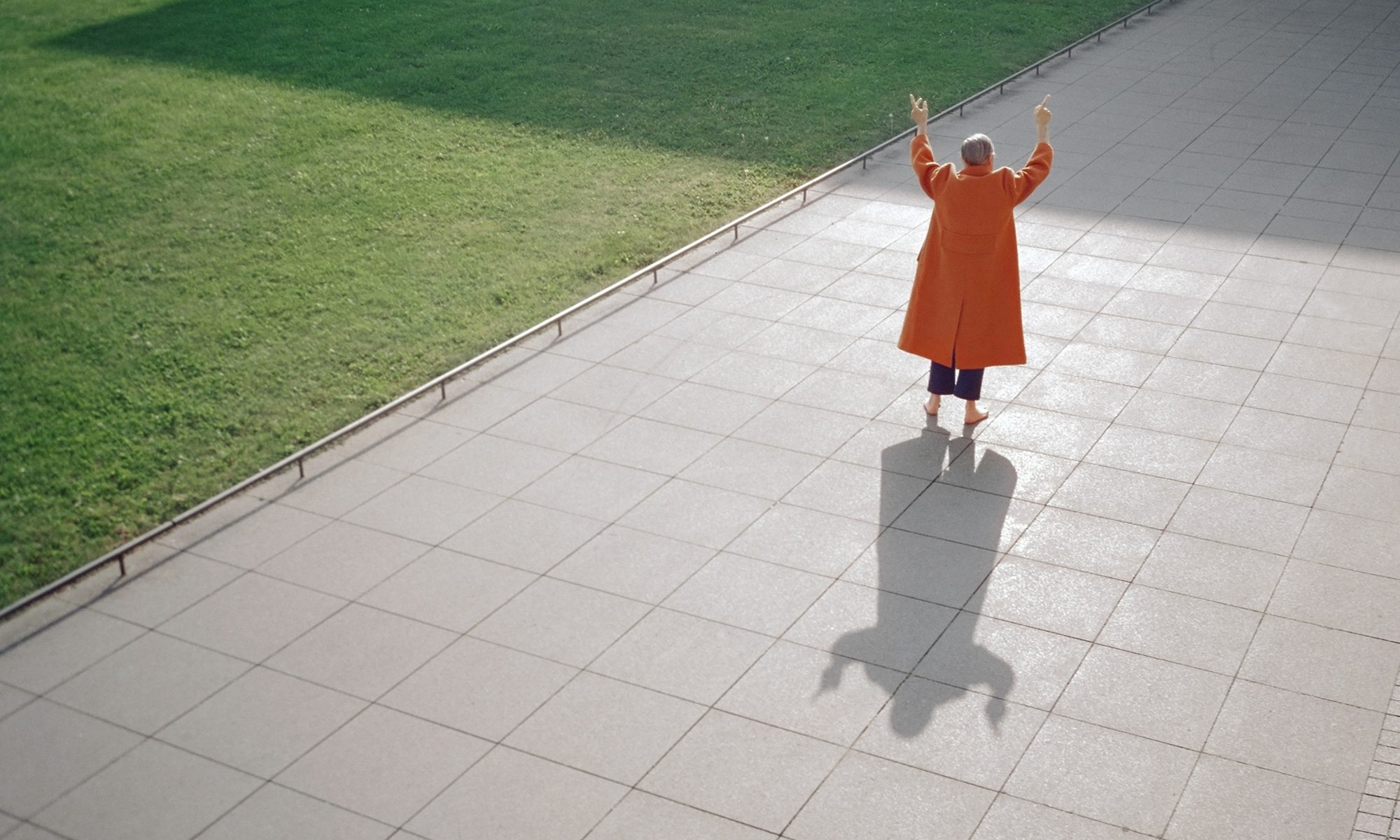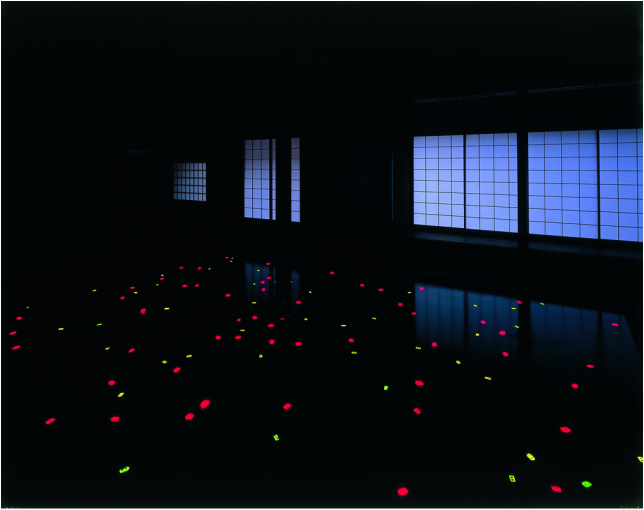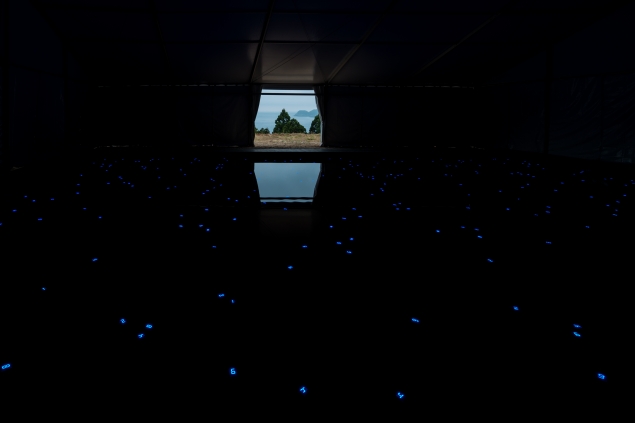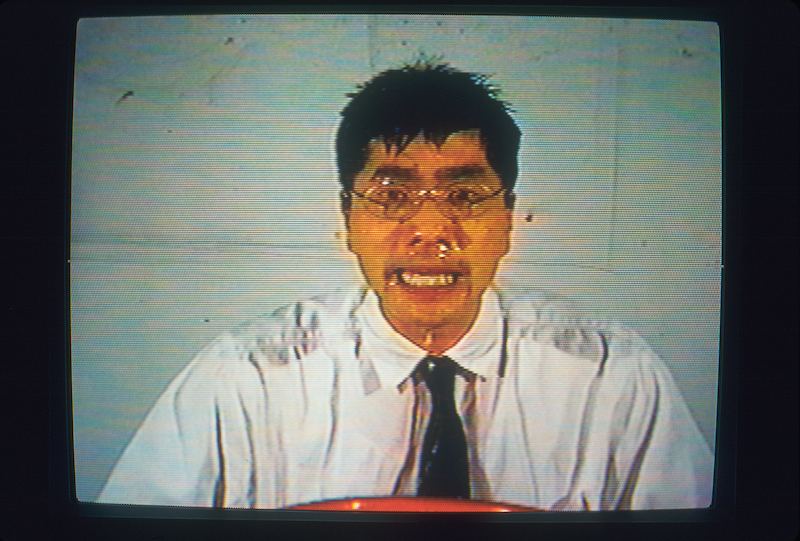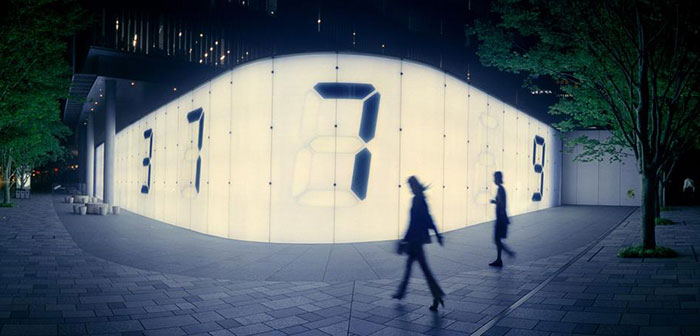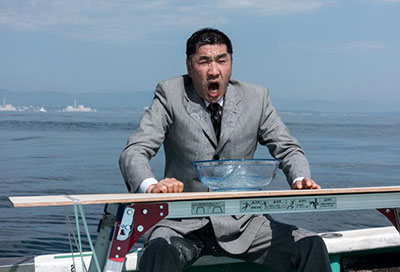Miyajima Tatsuo is a Japanese artist that does sculptures and installation pieces, incorporating circuits and LED lights, of which Miyajima designs himself and holds great attachment to. Miyajima explores the teachings of Buddhism and social issues such as the use of nuclear power, and often dedicate his works to disaster victims such as the Holocaust and the 2011 earthquake. Through Sea of Time ‘98, Miyajima breathes life into technology, and it is through the viewer’s interaction with technology in his art piece the essence of living and its importance is realised.
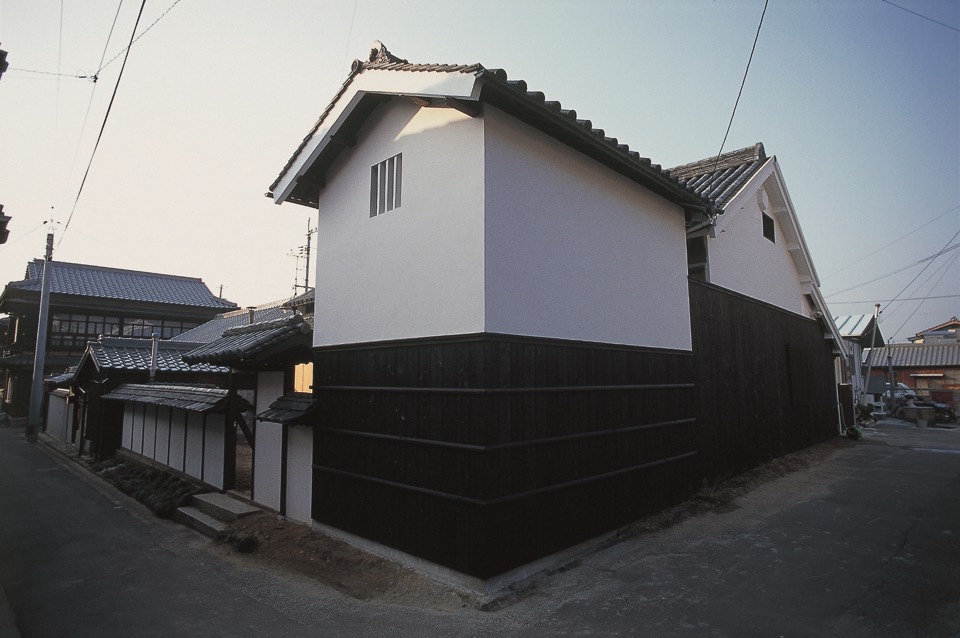
Sea of Time is an installation piece located in an island of Japan, Naoshima. A two century old house, Kadoya, was restored using traditional Japanese materials such as cedar wood and plaster to hold this installation piece. Miyajima built a water pool within this house, and place LED devices in the water that count from 1 to 9 chronologically. The counters move at differing speed which was set by the residents of Naoshima personally.
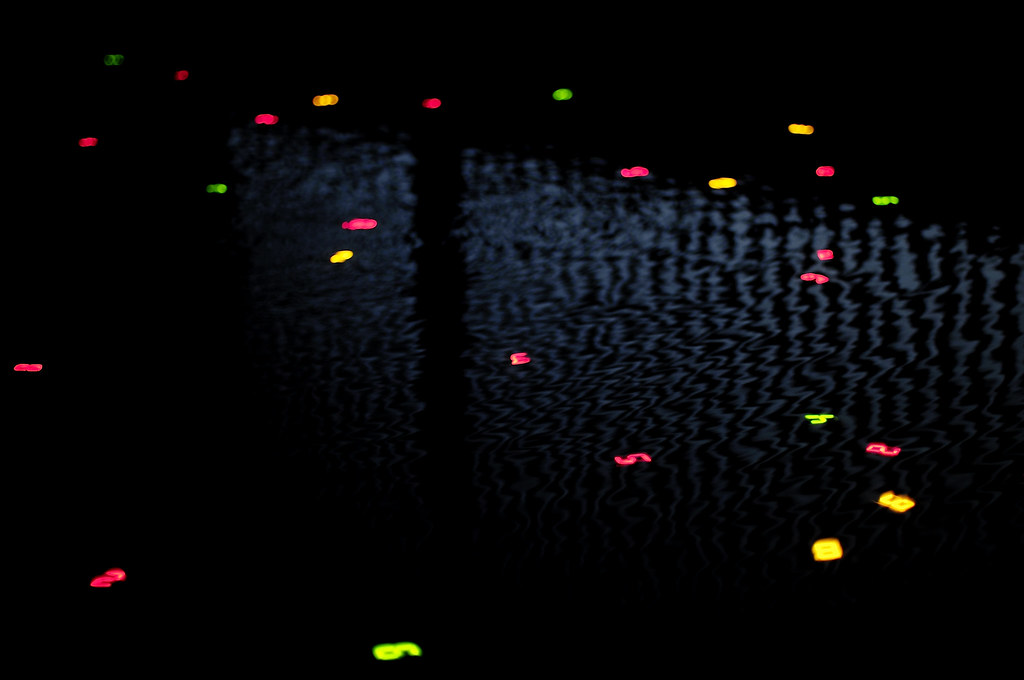
Miyajima uses numbers, usually associated to science and technology, to symbolize life. As the numbers count from 1 to 9, the inevitable flow of time or as Miyajima puts it, the arrow of time which is a physics terminology that means time is irreversible, is portrayed. The numbers also portray the cycle of life, and strips life into its most basic form, binary digits that shines, until it does not. Each counters change numbers at different speeds as well, its randomness is akin to life where nothing is predictable.
The colors of the digits displayed by the LED devices depict elements of the natural world as well, further humanizing the technological device. Blue suggests the sky and the universe, green and red are associated with nature and fire, and white embodies enlightenment. The usage of technology to symbolize and portray aspects of the natural world and life thus humanises technology.
Interactivity in this piece begins during the process of creation. Miyajima invited the people of Naoshima, aged 5 to 95 years old, to set the speed of the counters according to their liking, thus each counter that floats in the artpiece has a unique flow of time and is representative of the individual residents that set the speed. The viewers are essential in completing the artwork. When undulating waves are created through the viewer’s footsteps, the random waves are complemented by the counters changing numbers at random speed, further emphasising chance and randomness which is associated to life by the artist. The viewer is therefore key to the completion of this work. Miyajima also adds, “In fact, if there is no viewer, an artwork really does not even exist. It is not yet an artwork until it is viewed.”
However, Miyajima use of technology does encompass an aspect that does not apply to the living world – immortality. Yet it is through the immortality of technology and the fact that it is void of life, that Miyajima is able to highlight the limits of human life- life results in death
In Vannevar Bush’s As We May Think, technology is predicted to extend the physical capabilities of people. Bush suggested that technology would aid people in storing information and organising it, such that man can focus on the improvement of mind rather than focus on processing the infinite of information available. Just as Bush wishes for technology to be an aid to human, Miyajima sees technology as an important tool to extend his artwork beyond his lifespan. He wishes for his work to connect and be viewed by all sorts of people, and his LED devices would be able to perform for other audiences long after his death, perhaps even forever.
On the other hand, Miyajima also uses technology to portray the limits of people, which is death, and contrasts Bush’s suggestion of technology boosting human capabilities. The LED counters do not display zero as Miyajima believes zero is invisible, it is void in Buddhist ideology – a point where one life ends and another begins. The portrayal of death in turn allows us to appreciate life as it is, and is also a reminder of the limits of life.
Miyajima’s Sea of Time is a work that articulates light and darkness, life and death, change, and nature through the use of technology. Interactivity between the viewer and audience is also key to the work, which builds and completes the artwork. The humanist approach towards technology highly contrast’s Bush’s practical approach towards how technology should be used, creating a new perception of technology.
References
“Art House Project.” Benesse Art Site Naoshima. Accessed September 10 , 2018. http://benesse-artsite.jp/en/art/arthouse.html
“Sea of Time ’98.” Tatsuo Miyajima. Accessed September 10 , 2018. https://tatsuomiyajima.com/work-projects/sea-of-time98/
Tim Douglas. “Japanese artist Tatsuo Miyajima’s ingenious digital works illuminate the big issues of life, death and time” last modified October 30, 2016. https://www.theaustralian.com.au/arts/review/japanese-artist-tatsuo-miyajimas-digital-genius-on-show-at-sydney-mca/news-story/09b11f9888762c46102f08ee97d58186
